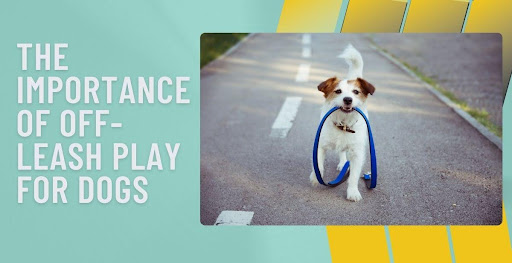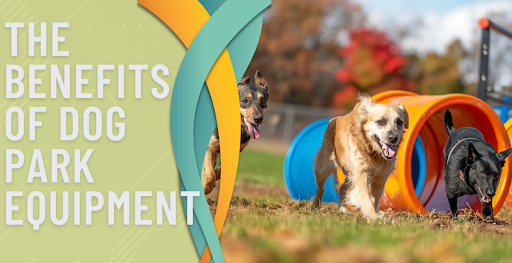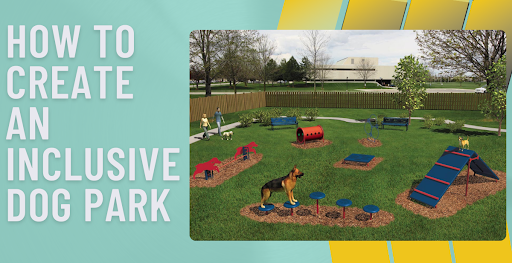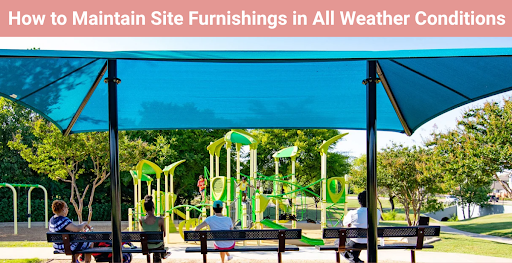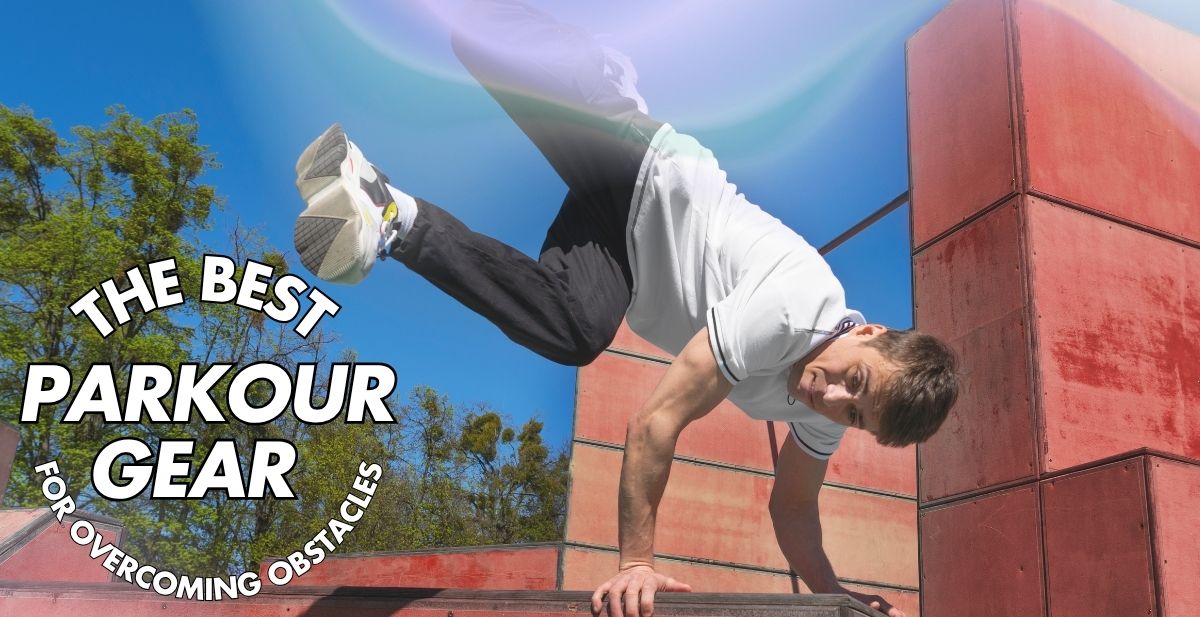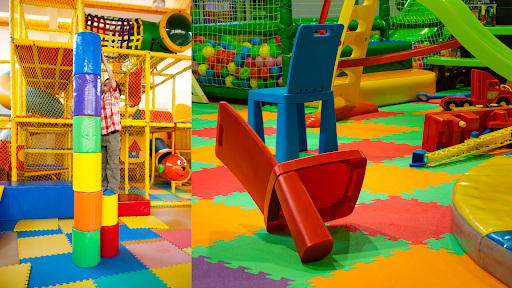How to Rule the Pump Track
Master the pump track with the right bike, gear, and skills. Ride smoother, faster, and safer while building confidence and control.

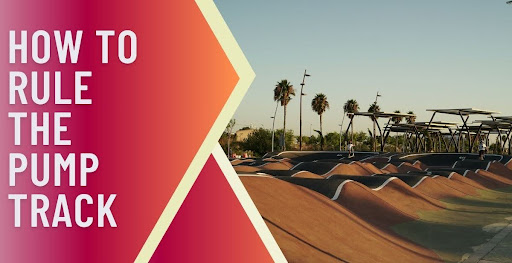
Pump tracks are all about flow, control, and confidence. Whether you’re new to the field or have experience, the right approach can significantly impact your success.
Here’s how to improve your skills and enjoy every lap.
Importance of Mastering Pump Track Skills
Pump tracks are designed to enhance balance, coordination, and bike handling skills. They also help to improve strength and endurance without the need for lengthy rides.
As your skills improve, you'll find your laps become smoother, leading to a more enjoyable experience. Additionally, mastering the basics can lower your risk of injury.
Basic Equipment Essentials
Choosing the Right Bike
1. Types of Bikes Suitable for Pump Tracks
- BMX bikes are the preferred choice for many riders due to their compact frames and responsive handling.
- Dirt jump bikes provide more stability, making them ideal for riders who want a larger frame and the capability to handle rougher landings.
- Hardtail mountain bikes are great for those who seek a versatile option that can effectively navigate both trails and pump tracks.
Avoid bikes with long-travel suspension or extra weight, as these absorb the energy you generate while pumping and slow your momentum.
2. Importance of Bike Fit and Setup
A properly fitting bike enhances balance, reaction times, and handling. Your seat should be low enough to stay out of the way, as pump track riding is mostly done standing.
Handlebars should match your shoulder width for optimal comfort and control, and tire pressure should be high enough to roll quickly while still providing grip in turns. Choosing tires with a smooth center tread and grippy side knobs helps maintain speed on rollers while keeping traction in berms.
Protective Gear Recommendations
1. Helmet
A properly fitted helmet is essential. Choose one that is certified for cycling and designed for impact protection. Always secure the straps before riding.
2. Pads (Knee and Elbow)
Pads protect you during falls and allow you to push harder with confidence. Look for options that are lightweight and flexible, without restricting movement.
3. Other Protective Gear (Gloves, Eyewear)
Gloves enhance grip and protect hands from scrapes and cuts. Eyewear protects your eyes from dust, wind, and debris on the track.
Understanding the Pump Track Layout
Pump tracks are designed as a continuous loop of features that allow riders to maintain momentum without pedaling. The primary elements include rollers, berms, and banked turns, each requiring its own technique.
Rollers
These are small, evenly spaced mounds. Instead of pedaling, you generate speed by pushing down with your arms and legs as you ride over the crest—this is called “pumping.” The goal is to maintain a low and controlled weight so you can carry momentum into the next feature.
Berms
These are raised, banked corners that let you maintain or increase speed while turning. To ride them smoothly, enter with your eyes focused on the exit, lean your bike into the turn while keeping your body slightly upright, and apply pressure through your outside foot. It keeps your tires gripping the surface and prevents sliding.
Banked turns
It may be less steep than berms but still allow faster, safer cornering than flat ground. Approach them with a steady line, and use your body weight to help guide the bike through without losing momentum.
Knowing the sequence of these features is key. Before you ride at full speed, take a slow lap to memorize the layout, spot transition points, and plan where to pump, lean, and prepare for the next section. This mental map enables smoother riding, enhanced safety, and greater speed throughout the track.
Keep on Practicing and Observe Progression
Start slowly. Take a few laps to get a feel for the track and how your bike responds to each feature. Focus on keeping your movements smooth and controlled. Use your arms and legs to push down over the rollers and maintain speed as you enter the next section.
Once you’re comfortable, try linking features together—pumping over a roller, flowing into a berm, and keeping that speed through the next straight. Don’t rush the learning process; minor improvements each session add up quickly.
Break the track into sections and work on them one at a time. Practice rollers until they feel natural, then focus on your cornering in berms, and finally put everything together in a whole lap. Consistency is the key—riding often, even for short sessions, will build your skills and confidence faster than occasional all-day rides.
Basic Safety and Etiquette
Before you ride, take a slow lap to check for loose debris, wet spots, or damage that could cause a crash. Even if the track appears fine, this quick inspection can prevent unexpected issues.
Respect other riders by waiting your turn at the starting area and keeping a safe distance on the track. Pump tracks work best when everyone flows smoothly, so avoid cutting in or crowding someone’s line.
If you need to stop, pull off to the side so you’re not blocking the track for others. Sudden stops can cause collisions. When passing, clearly call out—something as simple as “On your left!” helps the other rider know what to expect.
Finally, treat the track as if it were your own. Pick up trash, avoid damaging the surface, and leave it ready for the next user. A clean, well-maintained track is safer, faster, and more enjoyable for all.
Finally
Mastering the pump track requires preparation, skill, and respect for the environment. Equipped with the right bike, gear, and technique, you can ride more smoothly, quickly, and safely.
Are you ready to test your abilities? Locate a pump track near you and start developing your flow today! For communities looking to build or upgrade their pump track, Park N Play Design offers high-quality, rider-friendly designs that keep safety and fun in balance.


